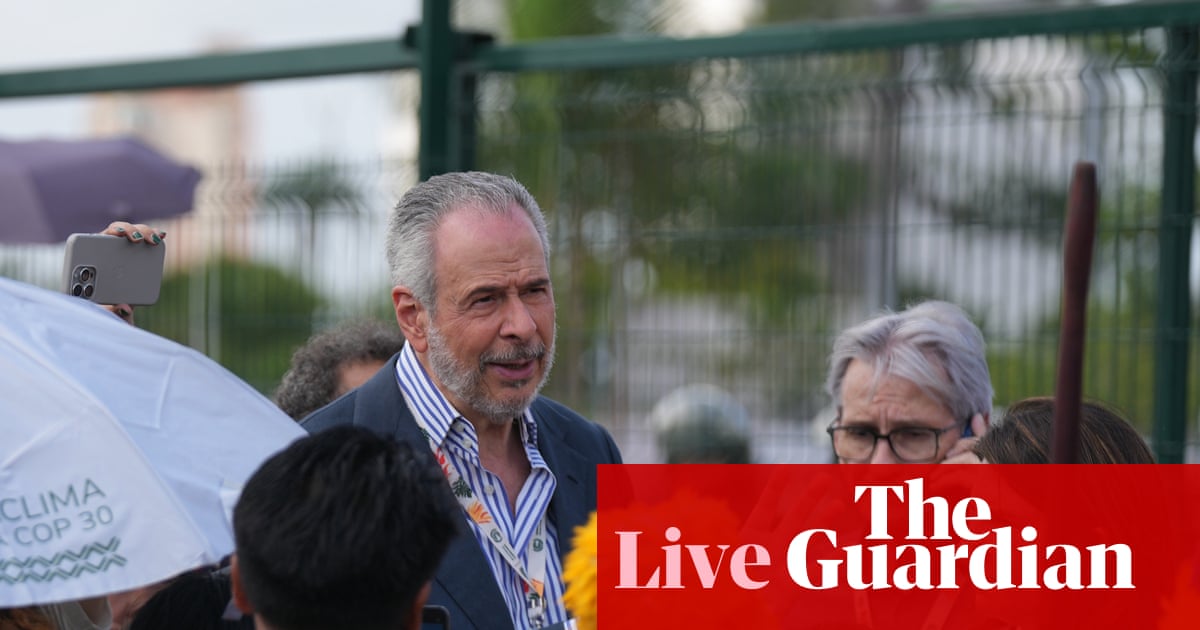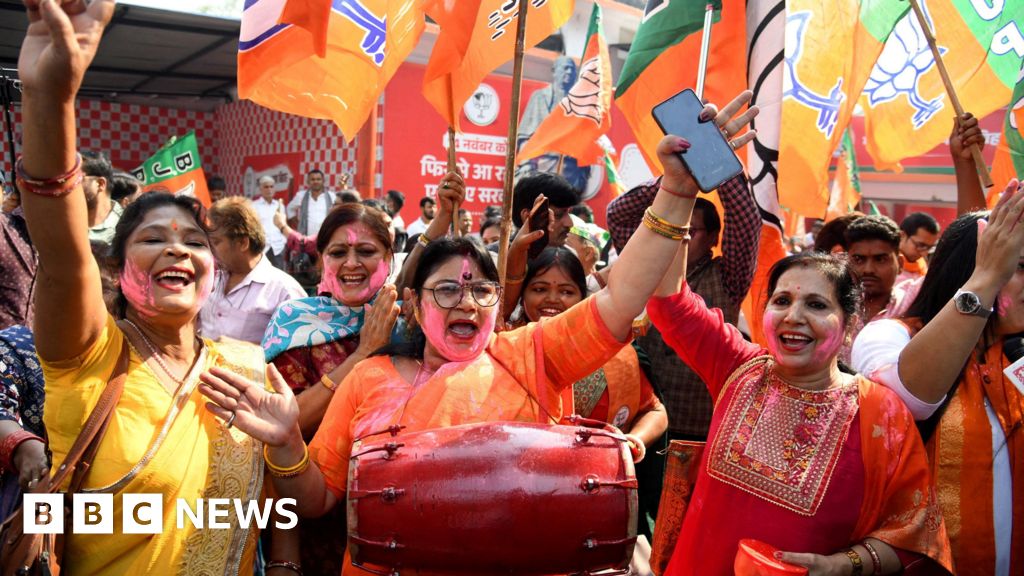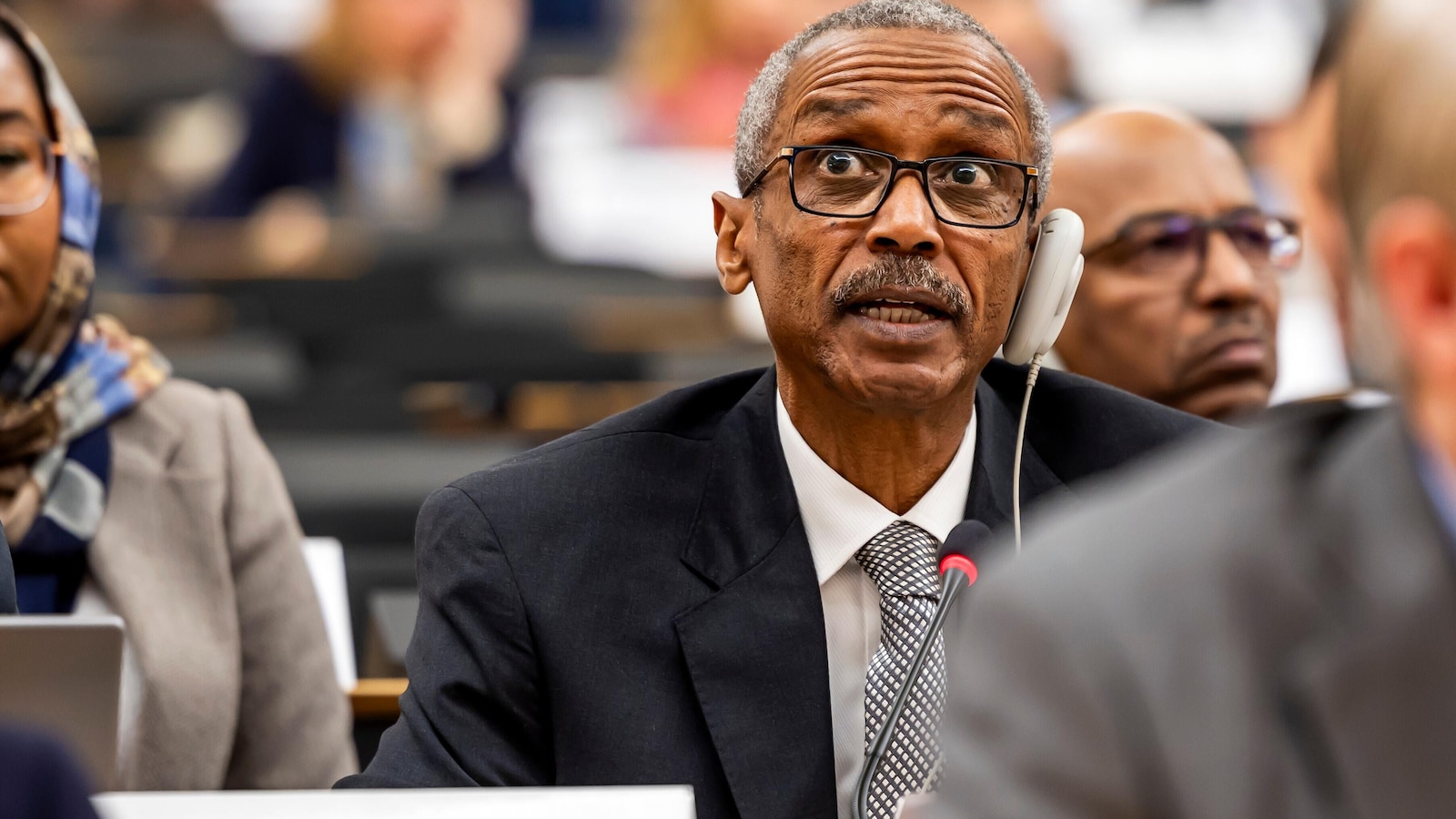- Statement on the esclation of violence in Sudan ReliefWeb
- UN urges humanitarian corridor to help civilians stuck in Sudan’s el-Fasher Al Jazeera
- Around 57,000 displaced arrive in northern Sudan after RSF attacks in Darfur, Kordofan: Aid…
10042nd Meeting (resumed) (PM)





